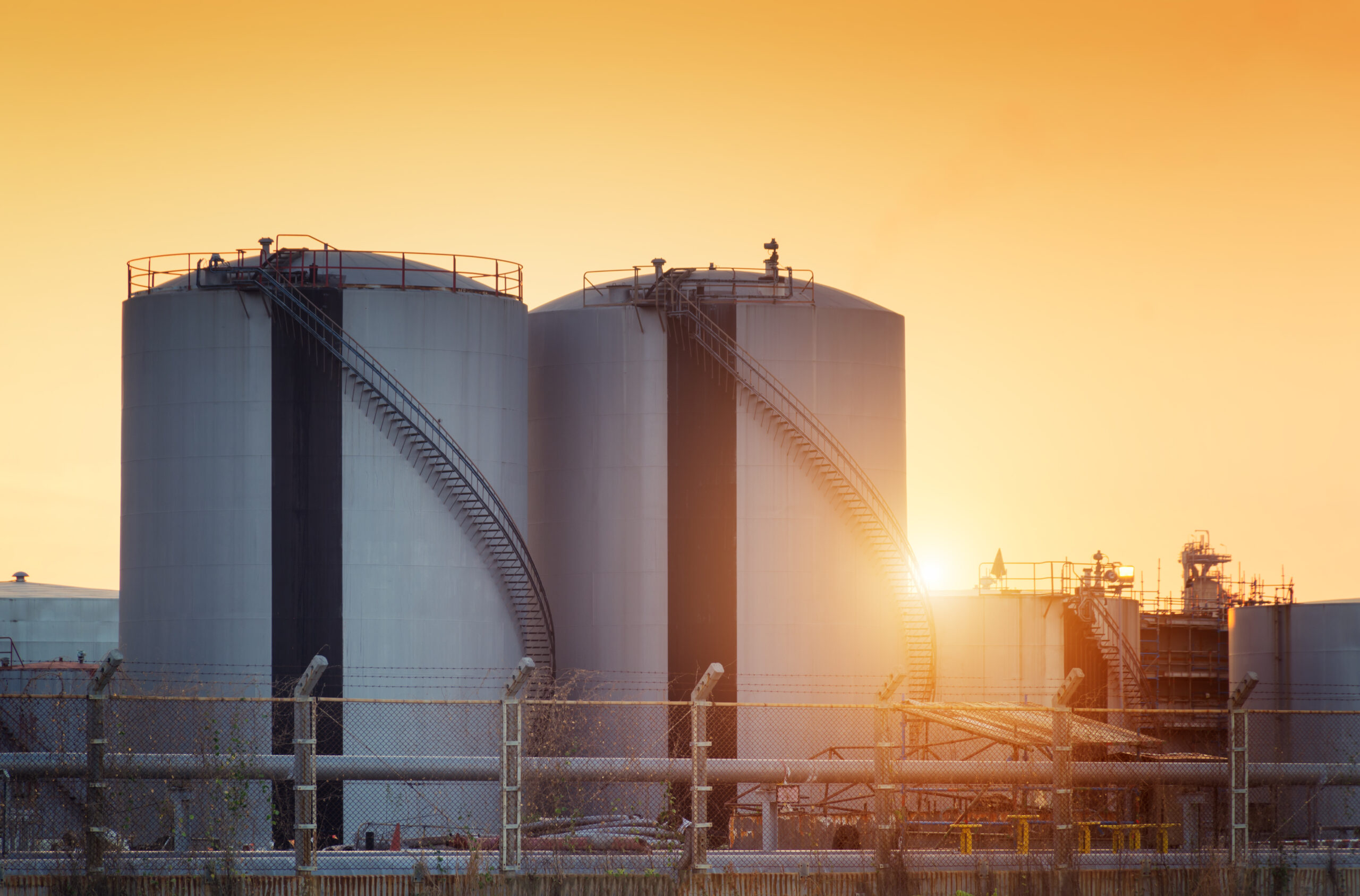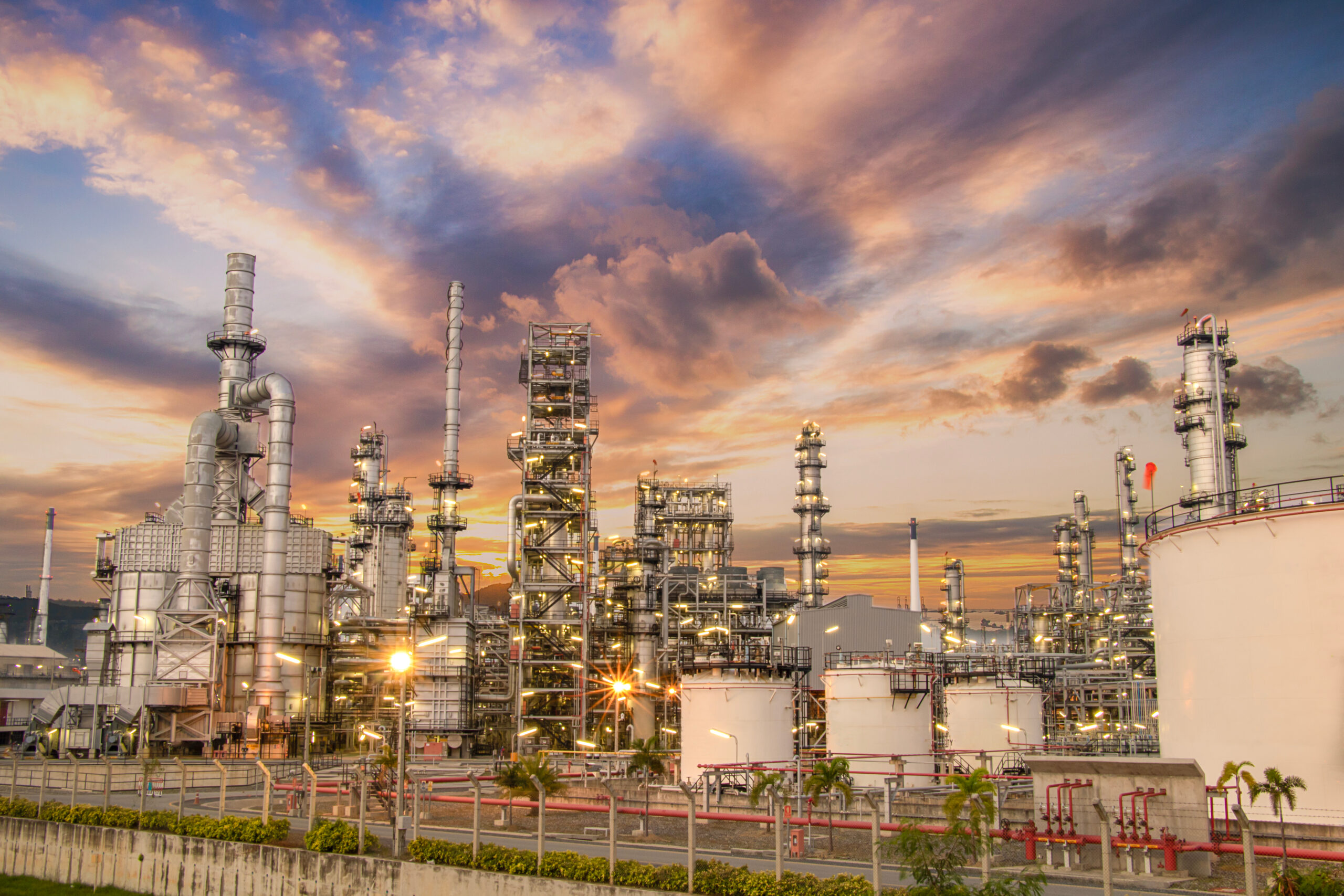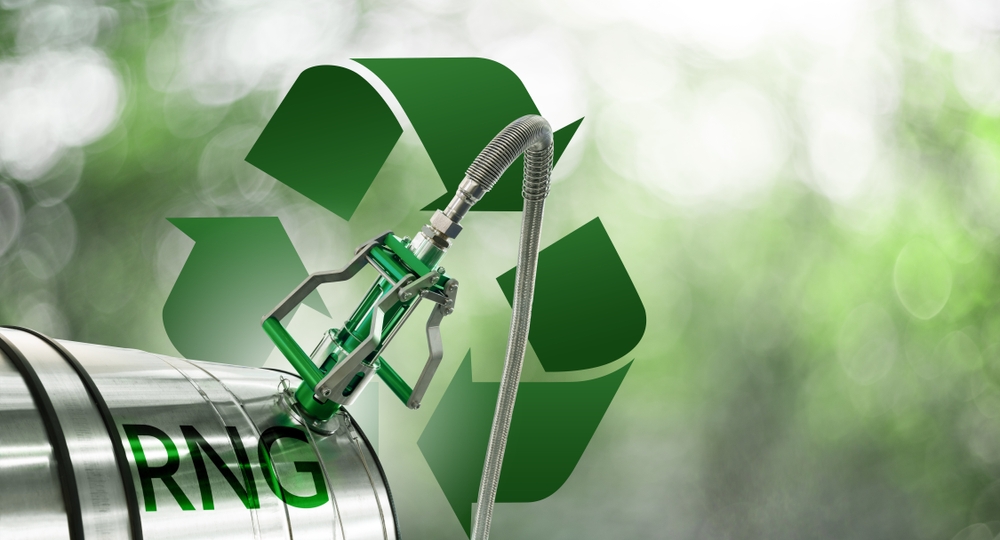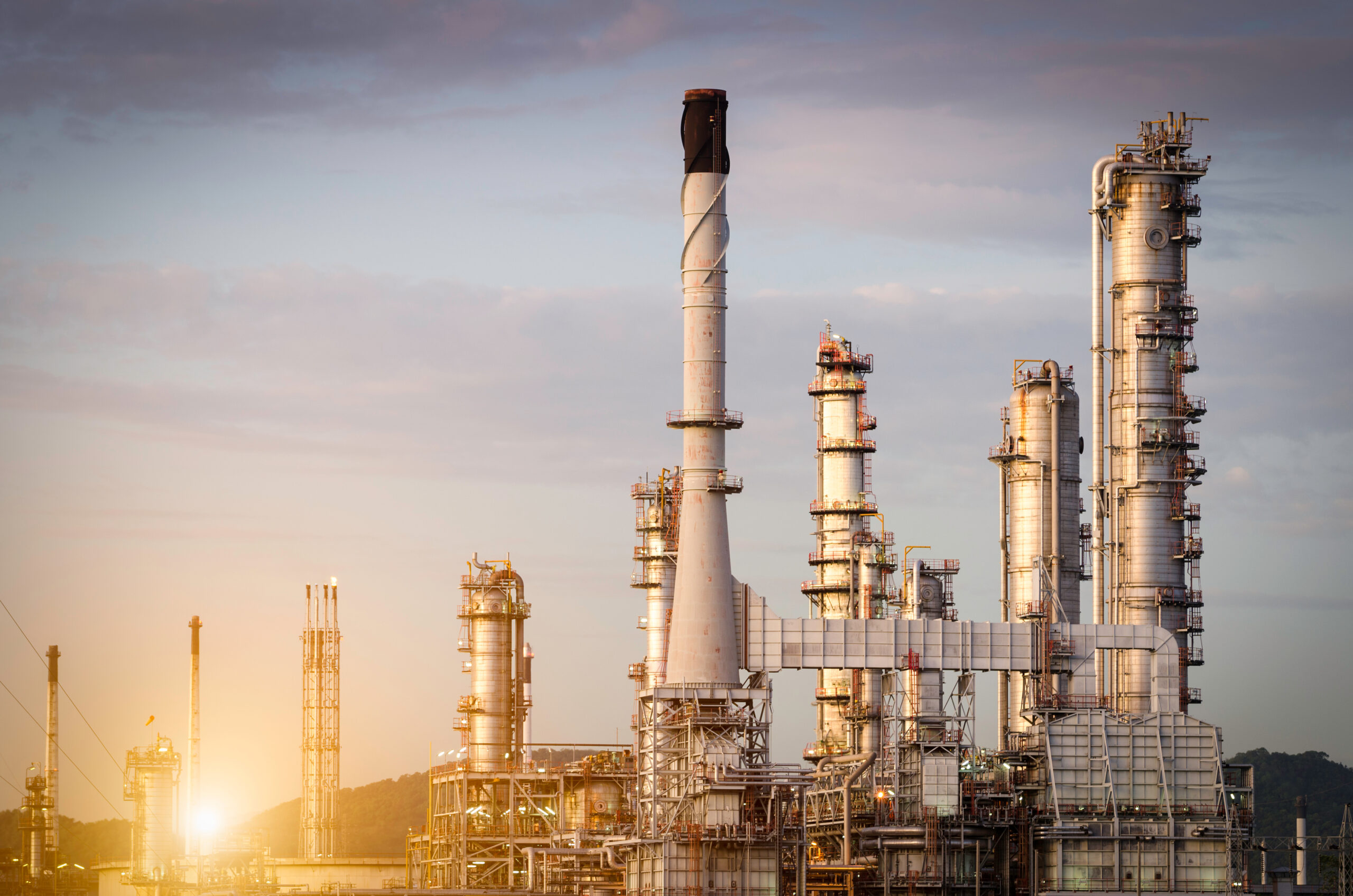
Thursday, March 24, 2022
Cracking the Code on Treating H2S: Q2 Technologies’ Non-Triazine Scavengers Reducing Chemical Use Up to 75%
Non-triazine and non-amine H2S scavenger for Crude Oil and liquid hydrocarbon applications that is able to reduce chemical use up…


Q2 Technologies Team
Experts in H2S Scavenging Solutions
With decades of combined experience, the Q2 Technologies team specializes in innovative hydrogen sulfide (H2S) scavenging solutions for the oil and gas, wastewater treatment, and industrial sectors.
Why Triazine-Based Scavengers Are Problematic
When it comes to treating Hydrogen Sulfide (H2S) in Crude Oil and liquid hydrocarbons, there are several types of triazine-based compounds that have historically been used. Unfortunately, if not closely monitored, the by-products of many of these chemistries can actually be more operationally detrimental and thus vastly more expensive, because overuse may cause corrosion and fouling in downstream systems.
Pro3®: A Safer, More Efficient Alternative
Fortunately, new technology has emerged! Q2 Technologies boasts a revolutionary new product that is in a class all by itself: Pro3® is an innovative non-triazine and non-amine H2S scavenger for Crude Oil and liquid hydrocarbon applications that is able to reduce chemical use up to 50-75% as compared to Glyoxal and MEA Triazine.
Less chemical
Pro3®’s active ingredient is chemically more effective and efficient at rendering H2S into non-reversible components than triazine could be, chemically speaking Pro3® is superior to triazine.
In a recent study, Pro3®, a non-triazine scavenger, was recommended to substitute a 40% MEA-triazine scavenger, resulting in an 80% cut on chemical consumption compared to triazine. This resulted in a reduction in deliveries and lowered the overall chemical spend. Read more about this case study here.
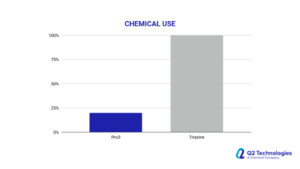
No Fouling or Corrosion Risk with Pro3®
Q2 Technologies’ non-triazine product does not contain any amines or nitrogen compounds, making it 100% safe for refineries and pipelines. Amine salts from triazines can end up doing more damage to the top stacks of a refinery when heated to +500 °F as compared to the pinhole corrosion that H2S would cause if routed through the refinery untreated.
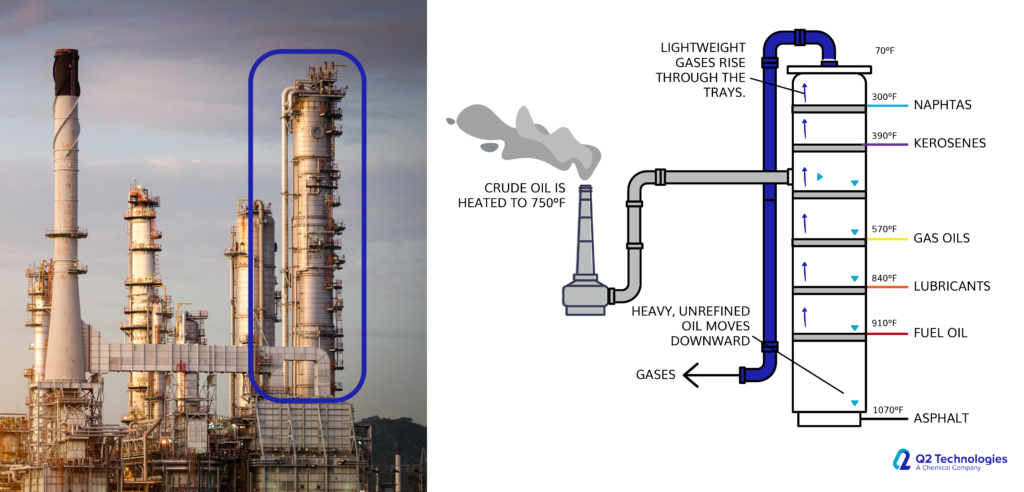 Refinery Tower Diagram
Refinery Tower Diagram
The distillation column is the backbone of any refinery and keeping the internals free of corrosion is critical. Refineries that manage asset integrity are constantly evaluating the inlet volume for amines and monitoring the physical nature of the columns.
How Pro3® Bypassed Supply Chain Disruption
In the Spring of 2021 there was a significant winter storm event in Texas which had far reaching implications for the triazine market for much of the United States, and consequently Canada and parts of South America. The week-long deep freeze shuttered many chemical plants, and by the company’s estimates, nearly 90% of plants along the Gulf Coast that create the raw materials for triazine were shut down for months. This caused the near-commodity price of triazine to skyrocket: a classic under supply situation resulted in higher demand and the Oil & Gas producers and consumers were hindered by this for over a year. Q2 Technologies monitored this phenomenon closely. Since our Pro3® is a non-triazine based product, there were no supply chain issues and prices were not affected. Unfortunately, for those that depend heavily on triazine as a main scavenger, the threat of a shutdown could easily happen again, as some plants simply did not come back online in the summer of 2021, and those that were were repaired carry the additional operational burden to produce more and more triazine.
Why It’s Time to Switch to Pro3®
If scavenger costs and operational concerns are a priority, learn more about Pro3® and see how Q2 Technologies can lower your net chemical usage, protect infrastructure, and increase overall hydrocarbon production by rending H2S out. If you think your project can benefit from using Pro3® contact us today.
FAQs
Pro3® is a highly efficient non-triazine scavenger that can reduce chemical usage by up to 75%. It reacts more effectively with hydrogen sulfide (H2S), requiring smaller volumes to achieve the same or better results than traditional triazine-based solutions.
Triazine can lead to the formation of toxic byproducts like thiadiazine, which may cause downstream issues including equipment fouling, sludge buildup, and wastewater disposal challenges. These risks make non-triazine alternatives a safer and more sustainable choice.
Yes, Pro3® is engineered for safe and effective use in refinery environments. It is non-amine, thermally stable, and designed to minimize corrosion and byproduct formation, making it compatible with a wide range of refinery operations.
Related Articles
HOW CAN WE HELP?
Have a question? Need a quote? Our technical staff is here to help you identify the right solution for your project requirements.



